One of the biggest cheats we do regularly is to look beyond Google Ads accounts. I like to talk about cheat codes, and I believe this is one of them.
We look at potential clients’ businesses and review whether they’re viable to work with.
Working with clients who have good businesses is half the battle. We know we are best in class for PPC, so working with good businesses is an obvious way to improve our advertising.
When we work with good businesses, we look a step further. It’s not enough to do what we’re expected to do from a Google Ads management perspective.
We’ve found that understanding the limitations on the business end is key to our sustained success.
That’s what this article is about. I’ll go through the most common areas we review in our clients’ businesses and nudge them toward fixing.
We don’t do the hands-on execution of these things ourselves, but we help our clients identify them.
In this article we’ll go through the following points:
- Improve Your Margins
- Test Your Free Shipping Limit
- Track Profit Instead of Revenue/ROAS
- Implement Price Comparisons & Dynamic Pricing
- Invest in Conversion Rate Optimization (CRO) Consistently
- Improve Your Branding
- Increase Cookie Acceptance to 90%
- Understand Customer Lifetime Value (CLV)
- Implement Payment Methods for Individual Countries
- Evaluate Marketing Efforts on Aggregate ROAS
- Launch Other Marketing Channels
- Change Your eCommerce Platform to Suit Your Competencies
1) Improve Your Margins
Better margins mean you have a higher ROAS than your immediate competitors, even if everything else is the same.
We’ve seen clients drastically improve their margins by:
- Negotiating with warehouses, shipping providers, and other suppliers
- Negotiating better rates with the brands they sell, including:
- lower pricing
- co-marketing dollars
- longer credit lines
- Exchanging the main brands they sell for better margin options
- Introducing higher efficiency in the organization (in-house, agencies, etc.)
- Reviewing products with high/low margins, and shifting ad dollars to higher-margin products (or increasing pricing for low margin products)
- Changing free shipping limits (expanded below).
The list is endless, and it doesn’t have to be only the traditional “increase pricing” or “get better rates.” There are many ways to improve margins in an eCommerce business.
2) Test Your Free Shipping Limit
For some businesses, changing the free shipping limit can change consumer behavior.
Increasing your low, or always free, shipping fee can stop consumers from only buying one-off, minor products. If you have free shipping consumers will not think twice about buying a single plate. It’s not extra cost for them, but you might lose substantially on it.
Making this change can have a big impact on your business, in our experience. It can ease the pressure on your entire business from marketing (low AOV means marketing has to be very efficient) to shipping to customer service to returns.
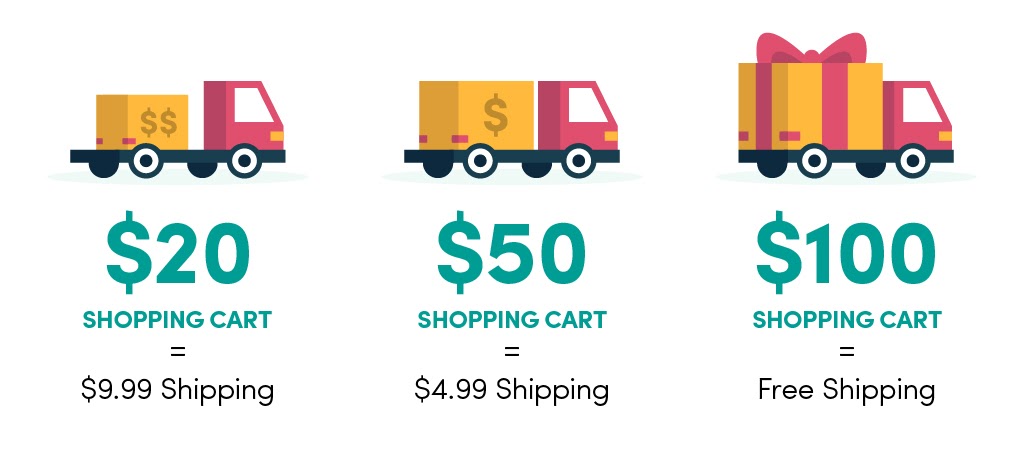
Note that if your marketing has been heavily driven toward these low CLV consumers, then you may not see a positive return on this decision early on.
3) Track Profit Instead of Revenue/ROAS
I have previously called Profit Tracking the ultimate cheat code. And I still believe it.
Moving from balancing revenue and ROAS for maximum profit to immediately seeing maximum profit is a dealbreaker.
It makes you shift your marketing spend toward products that generate a higher profit, as that’s the data that will be reported.
Alongside many of the other initiatives described in this article, profit tracking can be a highly leveraged tool to implement in your eCommerce business.
The first response I often get is:
“But we also have revenue growth targets.”
Tracking profit doesn’t mean you have to give up on revenue.
Just like tracking revenue doesn’t mean you’re giving up on profit.
Revenue and conversion volume should still be tracked as a main KPI. In many cases, you can actually increase revenue as a result of tracking profit.
This is because you’re no longer optimizing your marketing spend toward an average ROAS, but rather to an ideal ROAS on a product basis. This often opens the door to increased revenue.
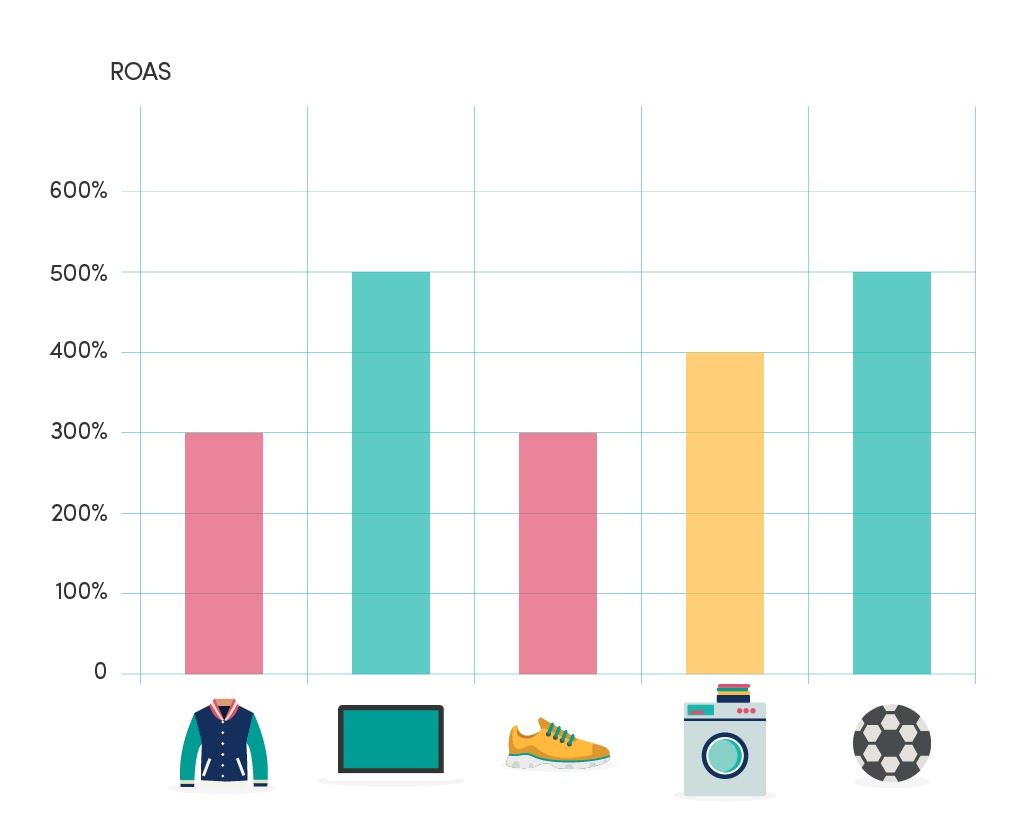
Even if you increase profit but not revenue, the extra profit can be invested to increase your revenue.
4) Implement Price Comparisons & Dynamic Pricing
Pricing in eCommerce is everything:
Nothing can make or break your business like competitive pricing.
Note that I write competitive pricing, not just the lowest prices. I have expanded on this in our general price comparison article.
Most eCommerce businesses benefit from 1) knowing their pricing compared to their main competitors and 2) adjusting their pricing dynamically in response to their main competitors.
Take a look at this example:

The cheapest products converted 50% better than products that weren’t the cheapest.
The first step is knowing
We often hear from advertisers that their pricing is competitive and their margins are great, so they can follow whatever their competitors are doing with pricing.
We see mid-level eCommerce companies ($5–25m/year revenue) in particular that have become out of sync with the market.
We ask them to run a trial with price comparison software, often PriceShape, and they find that they’re only competitive on 10–20% of their products. What if they unlocked a bigger part of their inventory?
Sometimes the impact can be immense.
The second step is doing
Once you know what your pricing is compared to your competitors, you can start doing something about it.
This includes:
- Identifying the main competitors who you want to match prices against
- Setting rules for how close to your margins you want to go
- Deciding on what days you want to increase or decrease prices
I want to highlight that monitoring your competitors’ pricing isn’t a decision that should also include “always be cheaper.” That’s not the point.
The point with price monitoring is not to be ridiculously more expensive than your competitors.
5) Invest in Conversion Rate Optimization (CRO) Consistently
It never ceases to amaze me that we can have advertisers in Savvy spending $50k/mo., $100k/mo., and even $500k/mo. on Google Ads alone, but scoff at the idea of spending $5–10k/mo. on consistent CRO.
They say:
- “How do I prove the investment is worth it?”
- “I don’t like the changes they propose.”
- “Our CRO is really good already.”
- “We invested heavily in setting up the site.”
The problem with not investing in CRO consistently is that you don’t know you’re behind the curve until it’s too late.
It’s like the myth of the frog slowly boiling to death.
Once you’re in the hole, you’re in the hole.
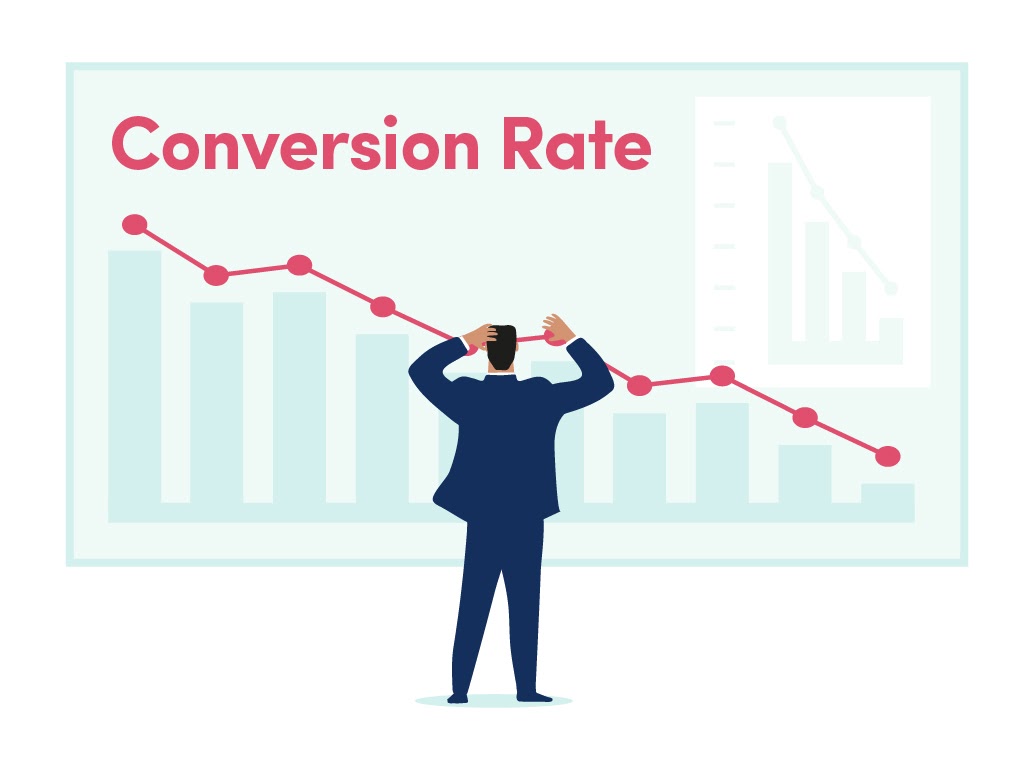
Then you make a big splash and invest in a new website only to see it tank after you launch it because:
- Your repeat customers aren’t used to your new site
- You haven’t micro-optimized all the small steps
- Something is always wrong.
So, investing in consistent CRO is a no-brainer to me.
Honestly, this suggestion is the one we have the hardest time implementing in our clients’ businesses. I still don’t understand why.
6) Improve Your Branding
Over the years, we’ve been part of some amazing eCommerce businesses. For several of our best cases, one of their key investments has been in branding.
Let me first tell you what investing in branding doesn’t mean:
- Running a display campaign in Google Ads with responsive ads.
- Spending $3,000 once in a while on YouTube Ads.
- Ignoring ROAS performance.
- Changing your logo.
Investing in branding means:
- Identifying what your brand should be:
- Values
- Tone of voice
- Creative direction
- Investing in brand marketing:
- Top funnel Paid Social
- YouTube Ads
- TV Ads
- PR & marketing stunts
- Building out your industry:
- Just as eSports was tiny 10 years ago
Improving your branding has several benefits:
Better brand recognition means higher CTRs on Google Ads.
Defining your brand means you can better align ad messaging across all channels, including your website, which can result in higher conversion rates.
Investing in your brand is something that all the bigger eCommerce stores that started out small did.
7) Increase Cookie Acceptance to 90%
In the EU, it’s mandatory to have a cookie consent pop-up on your website. Users must accept that you apply certain cookies in their browsers.
You will never get 100% acceptance without moving into gray areas, so some data loss should be expected.
We’ve seen websites experience 50–40% data loss when they implement this.
It’s all due to poor design.
Here’s an example of a poorly designed cookie consent pop-up:
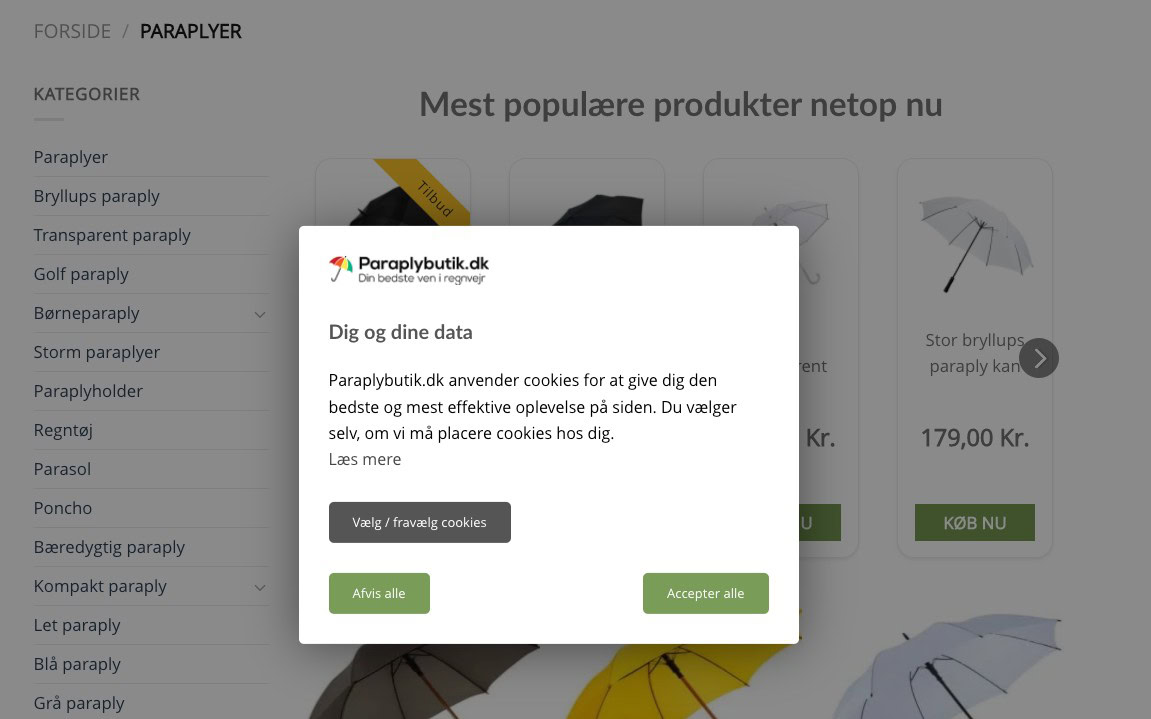
The rules are pretty open about how you can design the pop-ups, and there is a lot of leeways for you to test getting the highest acceptance rate.
This is what it could look like:
In our experience, you should keep experimenting until you hit an acceptance rate of 90%. It’s difficult to get the last 5–10% acceptance, so that’s typically where you stop seeing a return on your time.
8) Understand Customer Lifetime Value (CLV)
This is probably the thing you’ve heard the most before. We should lose money on the first purchase to increase volume.
This can be a solid strategy if you’re 100% aware of your CLV and how you can improve it, and you have the liquidity to support this structure.
First You Understand, Then You Improve
Understanding your CLV and implementing it in your marketing is a good first step, but the key is that once you know your CLV, you should aim to improve it.
If you can go from a $400 CLV to a $500 CLV, you can suddenly “make” 25% more without doing anything else.
This can change the landscape of your marketing efforts, as it can help you lower your ROAS targets, invest in other marketing channels, or invest in brand marketing.
9) Implement Payment Methods for Individual Countries
If you’re not scaling in a certain country, you should look into the things that make that country different. One of these is payment methods.
In Denmark, we have a credit/debit card called Dankort (a Visa card). Most payment methods take it today, but Stripe didn’t take it in the early days. That would ruin your sales.
In Germany, +50% prefer using PayPal.
In Sweden, most prefer the Klarna checkout or their Buy Now, Pay Later method (like Affirm in the US).
Figuring out these points of friction is crucial to growth.
This and more about scaling PPC across Europe is explained in How to Effectively Expand Google Ads into Multiple European Countries.
10) Evaluate Marketing Efforts on Aggregate ROAS
As I’ve written before, the biggest lie in online marketing is that you can track everything and know exactly where your marketing budget is spent best.
That’s a myth.
We’re MUCH better off today than with traditional marketing, but everyone has swung too far toward the end of everything must be tracked to be effective.
This means you can spend too much of your marketing budget fighting everyone else in your market using the same marketing channels that can be tracked, or even the same keywords.
Efforts like these will, over time, drive costs up and make trackable marketing efforts less affordable.
The solution is a mix of trackable and non-trackable marketing. A client of ours developed a pop-up hotel in a city. They sell beds. How do you track that type of marketing?
It’s tough to do it directly.
But if you have a mix of 70% performance marketing and 30% brand marketing and you track your aggregated costs, revenue, ROAS, and profits, then I believe you can get far:
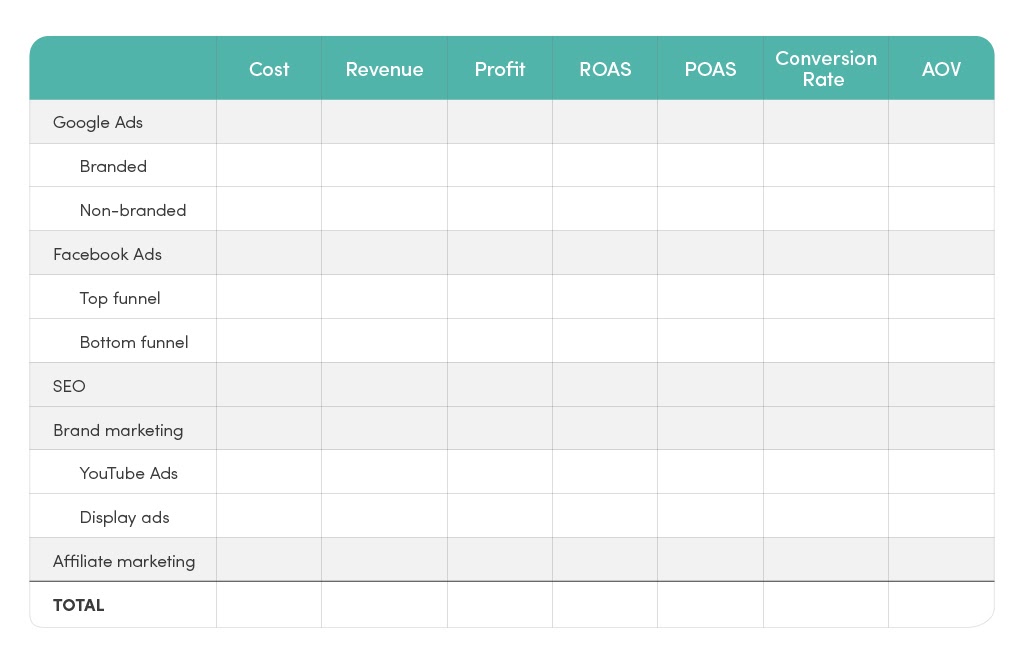
11) Launch Other Marketing Channels
Being too dependent on a single marketing channel can squeeze you tremendously if a bigger competitor arrives, or your other competitors start increasing their spend.
We’ve had several cases in which a client was too invested in Google Ads, and when circumstances changed, their only course of action was to follow the market.
They couldn’t afford to lose revenue and leave market shares for their competitors.
But it obviously meant that their bottom line took a big hit.
We’ve been in business long enough to have seen eCommerce stores go through this scenario; get through it; invest in SEO, Email, Paid Social; and then be much better equipped to withstand competitive pressure the second time it happened.
Focusing on a single marketing channel works tremendously well—until it doesn’t.
So Invest in SEO
Invest in Email
Invest in Paid Social
Invest in branding
Invest in CRO
It all works tremendously well and helps improve your Google Ads marketing. Perhaps not directly, but having a better email follow-up program means more first-click conversions to Google Ads.
This means a higher value per subscriber in email.
Better SEO means you drive more traffic to your site. That traffic goes into retargeting efforts for Google Ads, or the higher brand recognition means you get a higher CTR in Google Ads.
It all works together.
12) Change Your eCommerce Platform to Suit Your Competencies
We had a client who was “born” on the Shopify platform. They liked it and thought eCommerce was the easiest thing in the world.
Then it was time to scale, and a board member recommended that they use Magento.
Not knowing how different Magento was to Shopify and thinking that all eCommerce platforms must be as good—or better—than Shopify, nobody opposed it.
Four months later, following a big investment in Magento, they scrapped the entire project and invested in a Shopify Plus solution.
Why?
Nobody knew how to create products in Magento, and this was just the start of their problems.
Your Competencies Must Match Your Platform
If you’re a highly technical organization, then running on Magento or similar platforms can be a fruitful decision.
But if you’re two non-technical founders who rely on a Magento development agency to build and maintain everything, then Magento is not the solution for you.
I’m pitting Shopify against Magento in this scenario, but there are many things to consider, and there are many other matchups out there.
Improving Your Advertising Means Better Enabling Your Advertising Efforts
Now. This is the disclaimer.
None of the things mentioned in this article must never be used as an excuse for why your main marketing channel isn’t performing.
Our suggestions are meant to take your eCommerce marketing to the next level. Sometimes, you have the perfect setup running, and the next big break in your eCommerce business is to dive into another channel.
The advice to focus on one or two marketing channels only applies early in your journey. As you become bigger, expanding your marketing efforts can be just what you need.

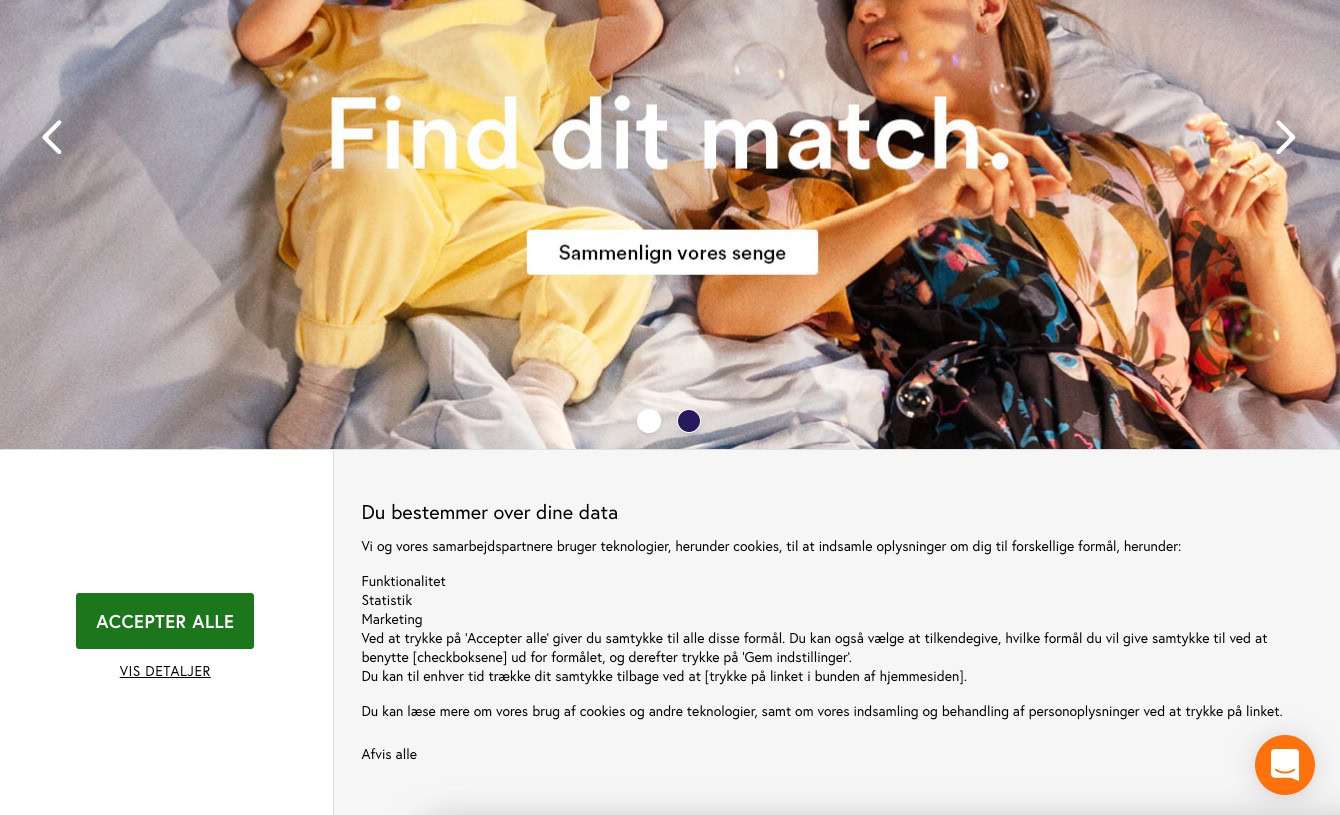


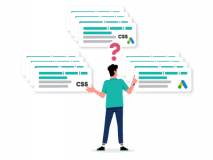

2 thoughts on “Smash Through Glass Ceilings in eCommerce – 12 Tactics”
thank you, Fran
These are all great tactics. I would add that investing in ecommerce SEO is an important strategy for maximizing ecommerce growth.